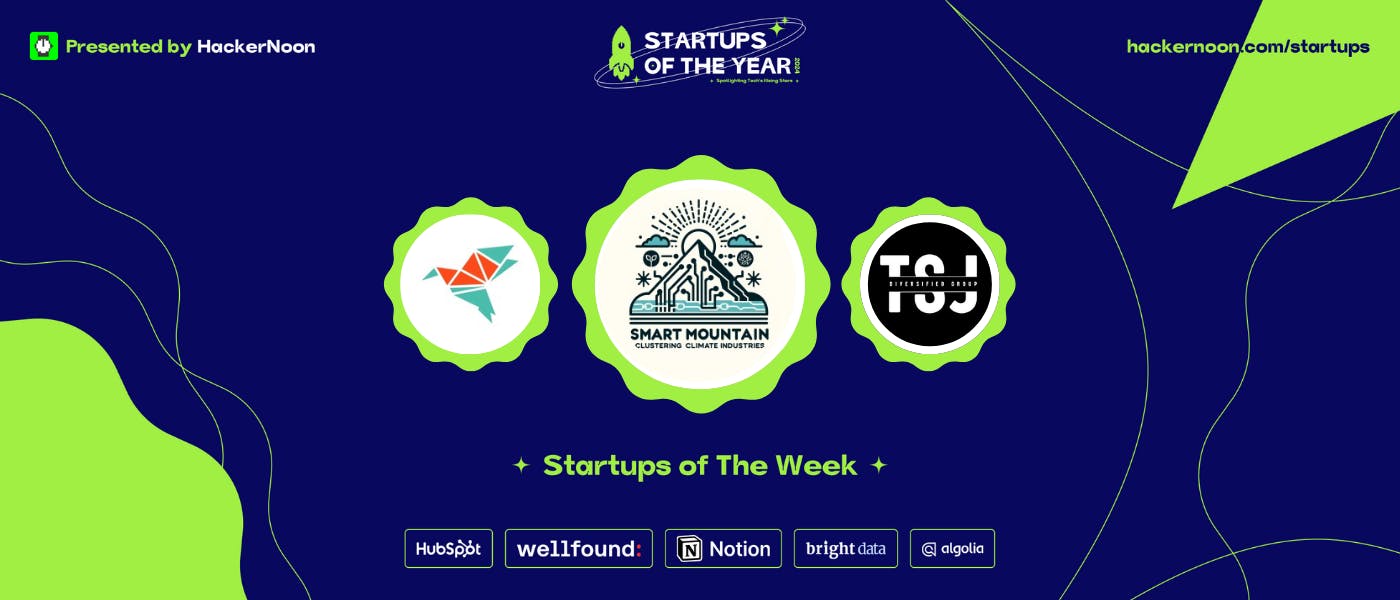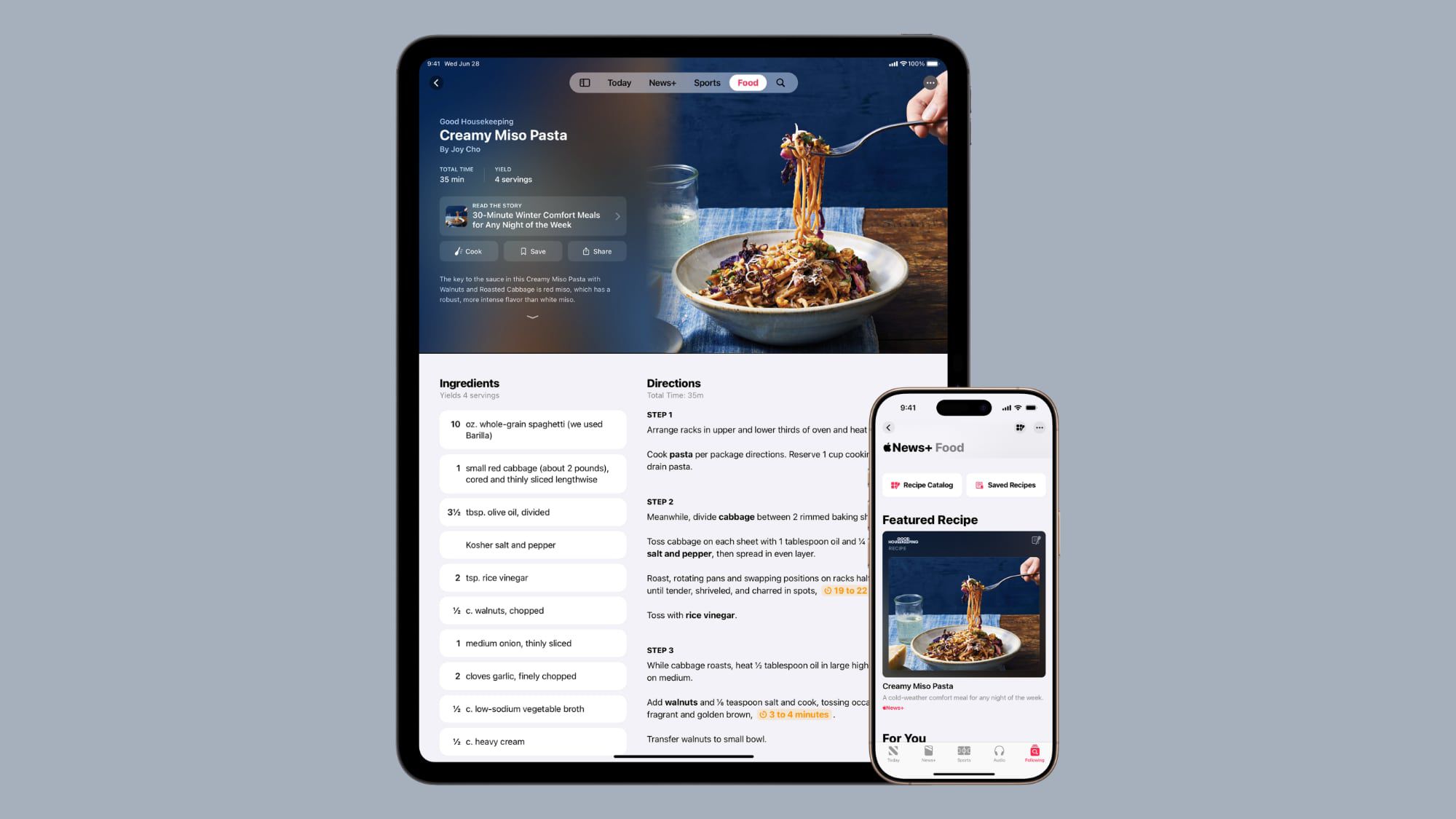Months after launching into space, AST SpaceMobile’s first BlueBird satellites have proven they work—successfully powering a video call between two unmodified smartphones on the ground.
The US-based AST tested the technology in the UK through Vodafone, one of its partners in Europe. On Wednesday, Vodafone announced the news, describing it as a “historic first space mobile video call” through the new BlueBird satellites.
The carrier has also published a video, showing a Vodafone engineer making the video call while based in a mountainous remote region of Wales that completely lacks traditional cell coverage. The call was made over an unmodified consumer smartphone, which was able to connect to AST’s orbiting cluster of five BlueBird satellites, which are designed to act as a cell tower, but in space.
The BlueBirds were then able to send the call data to a phone belonging to Vodafone Group’s CEO Margherita Della Valle. Although the video quality is a bit grainy, the satellites were able to successfully relay the data in real-time, despite the call coming from a phone in a cellular dead zone.
Vodafone and AST didn’t reveal much else, like the exact speed of the satellite internet connection. But the news underscores the growing competition between AST and SpaceX, which is developing its own satellite-to-phone technology through the cellular Starlink service. In SpaceX’s case, the company has already received FCC clearance to commercially operate the technology for consumers.
The system currently spans over 400 satellites. But for now, the cellular Starlink service is slowly becoming available, first for T-Mobile subscribers, as part of a free beta program.
In contrast, AST still has to launch dozens of additional satellites before it can offer continuous coverage for users on the ground. The company also needs to secure full FCC approval to commercially operate the satellite-to-phone service in the US. So far, AST has only received a temporary license to conduct testing in the US with AT&T and with Vodafone in Turkey and the UK.
Recommended by Our Editors
But in a win for AST, the Vodafone testing shows the BlueBird are already capable of powering a video call. It’s a feat AST also demonstrated with its earlier BlueWalker 3 prototype satellite starting back in 2023.
SpaceX’s cellular Starlink system, on the other hand, is currently restricted to SMS text messaging, although the company plans on adding support for voice and video calls, along with data downloads, pending regulatory approval. SpaceX’s earlier tests have also shown the technology work on iPhones, Samsung devices and Pixel phones, achieving download rates at 17Mbps.
As for AST, it remains unclear when the company will start its first beta tests in the US with AT&T and its other partner Verizon. But in the meantime, Vodafone is bullish and said in the announcement: “Following further tests this Spring, Vodafone aims to progressively introduce the direct-to-smartphone broadband satellite service commercially in markets across Europe later this year and during 2026 to close the last remaining coverage gaps.” The BlueBird satellites have been designed for peak data transmission speeds of up to 120 Mbps, AST adds.
Get Our Best Stories!
This newsletter may contain advertising, deals, or affiliate links.
By clicking the button, you confirm you are 16+ and agree to our
Terms of Use and
Privacy Policy.
You may unsubscribe from the newsletters at any time.

About Michael Kan
Senior Reporter










